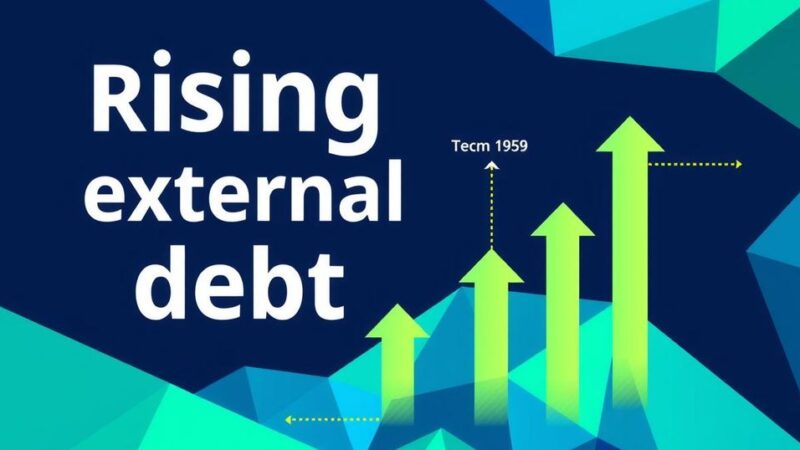Brazil’s cotton prices reached a one-year high in mid-March, with the CEPEA/ESALQ Index recording an increase of 1.92%. Despite record exports in February, there was a decline compared to January. Global projections indicate a rise in cotton production and consumption for the upcoming season, leaving a small gap between supply and demand.
In mid-March, Brazil’s cotton prices experienced considerable fluctuations, yet the overall trend remained upward, according to the Centre for Advanced Studies on Applied Economics (CEPEA). The CEPEA/ESALQ Index, reflecting prices paid within eight days, increased by 1.92 percent from February 28 to March 14, reaching BRL 4.2582 (approximately $0.75) per pound. This represents the highest value since March 14, 2023, when prices were BRL 4.2754 per pound.
Market participants have focused on securing term contracts, especially for international transactions that are being finalized at prices exceeding domestic levels, as reported by CEPEA’s recent assessment. Recent increases in global cotton prices have enhanced sellers’ confidence, prompting them to uphold competitive pricing strategies for new spot market transactions. Furthermore, demand from industry buyers persists, as they acquire cotton to replenish inventory or fulfill immediate production requirements.
Data from Secex indicates that Brazil exported 274.63 thousand tons of cotton in February, marking a record for the month even as exports fell by 33.9 percent compared to January 2025. In total, Brazilian cotton exports exceeded 2.9 million tons over the last year, from March 2024 to February 2025.
The International Cotton Advisory Committee (ICAC) reports that world cotton production for the 2024/25 season is projected at 25.688 million tons. This figure indicates a 0.55 percent increase from previous estimates and a 6.52 percent rise compared to the 2023/24 season. Additionally, global cotton consumption is anticipated to grow, reaching 25.527 million tons, which represents a 2.27 percent year-on-year increase. This leaves a minimal supply-demand gap of merely 0.63 percent.
Brazil’s cotton market exhibits a significant uptrend in prices, achieving a one-year high as reported by CEPEA. The market strategies reflect a growing confidence among sellers and continued demand from international buyers. Despite a record export volume in February, a notable decline in shipments compared to January raises concerns. Projections from ICAC suggest an increase in global cotton production and consumption, highlighting a narrow gap between supply and demand.
Original Source: www.fibre2fashion.com






